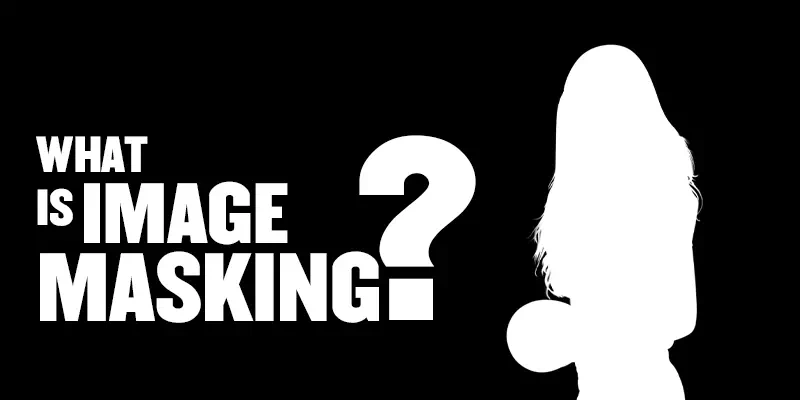Image masking is a sophisticated image editing technique used in graphic design and photography. It plays a crucial role in various creative endeavors. It enables designers to seamlessly remove backgrounds, enhance product photos and create stunning visual effects. In photography, image masking helps isolate subjects, refine details and manipulate elements to craft captivating and professional images.
The purpose of this content is to explore the concept of image masking service comprehensively. We will delve into different masking techniques, its applications in graphics and photography, its benefits and the challenges it poses. By understanding image masking’s significance, readers can harness its power to elevate their creative projects and achieve high-quality, visually appealing results.
What Is Image Masking?
Image masking is a powerful graphic design and photo editing technique used to selectively isolate and modify specific areas of an image. By creating a “mask,” designers can precisely control which parts of the image are visible and which are hidden or altered. This process allows for intricate editing, background removal and seamless integration of images. It enables artists and photographers to create visually striking and professional results.
Different Types of Image Masking Techniques
There are various types of image masking techniques, each tailored to address different challenges and achieve specific results. Let’s explore the various types of image masking techniques:
Layer Masking
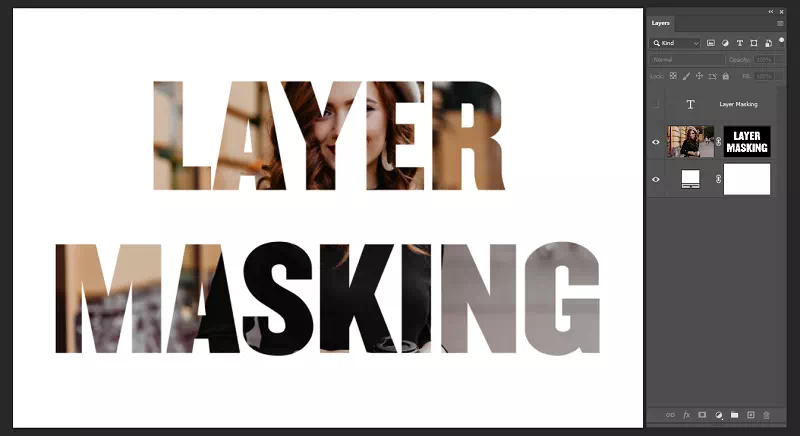
Layer masking is a non-destructive image masking technique commonly used in graphic design and photo editing. It involves creating a mask on a specific layer in software like Adobe Photoshop. The mask acts as a stencil. You can hide or reveal parts of the layer without permanently altering the original image. With layer masking, you can seamlessly blend multiple layers, remove backgrounds, and apply various adjustments with precision.
Clipping Masking
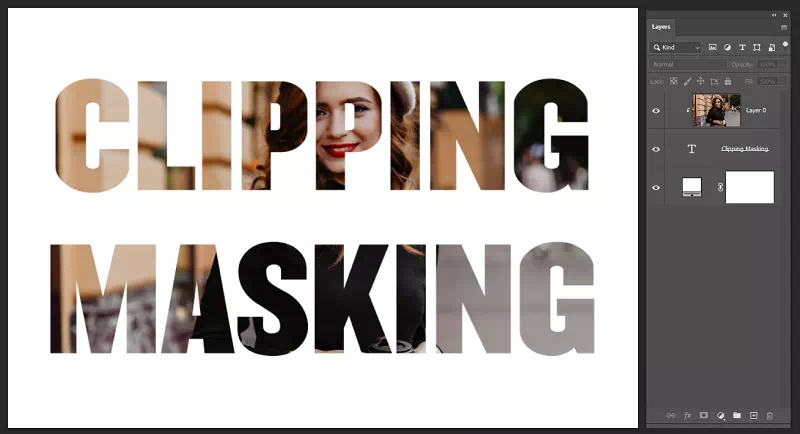
Clipping masking is another essential image masking technique used in graphic design and photo editing. It involves confining the visibility of one layer to the shape of another layer below it. The top layer acts as a “clipping mask,” controlling the visibility of the content within its boundaries based on the content of the layer below. Clipping masking is commonly employed to apply textures, patterns or adjustments to specific areas within an image.
Alpha Channel Masking
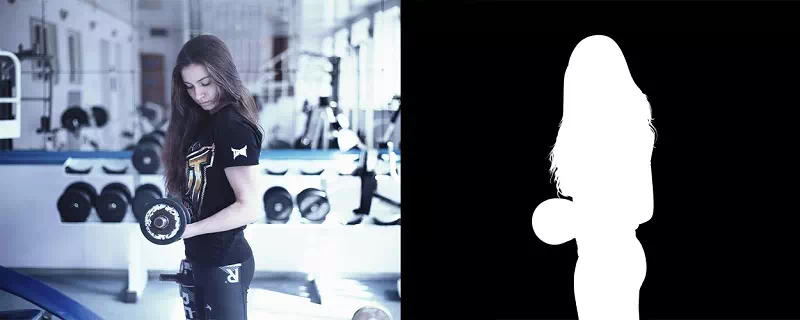
Alpha channel masking is a specialized image masking technique that utilizes the transparency information of an image to create precise masks. It involves extracting the alpha channel (the transparency channel) from an image and converting it into a grayscale mask. This mask determines the opacity of each pixel, allowing designers to isolate and edit specific areas with accuracy. Alpha channel masking is especially useful for images with complex backgrounds, hair or transparent elements, as it provides seamless control over transparency and ensures high-quality, detailed edits.
Transparency Masking
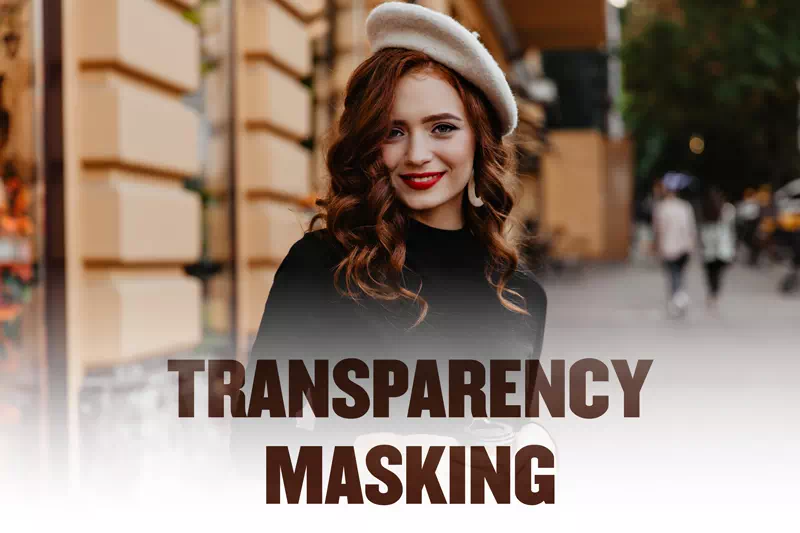
Transparency masking is an image masking technique that involves controlling the opacity of specific areas within an image. It allows designers and photo editors to adjust the transparency or translucency of selected portions while keeping the rest of the image unaffected. This technique is often used to create various visual effects, fade out backgrounds or blend images together seamlessly. Transparency masking offers flexibility in manipulating the transparency levels, resulting in visually appealing and professional compositions with smooth transitions between masked and unmasked areas.
Collage Masking

Collage masking is a creative image masking technique used to blend different images together seamlessly. It involves masking and combining elements from multiple images to create a composite artwork. By carefully masking and layering the images, designers can achieve a cohesive and harmonious composition that looks like a single integrated piece. Collage masking is popular in various design projects. It allows artists to produce eye-catching visuals with a mix of diverse elements, textures and colors.
Channel Masking
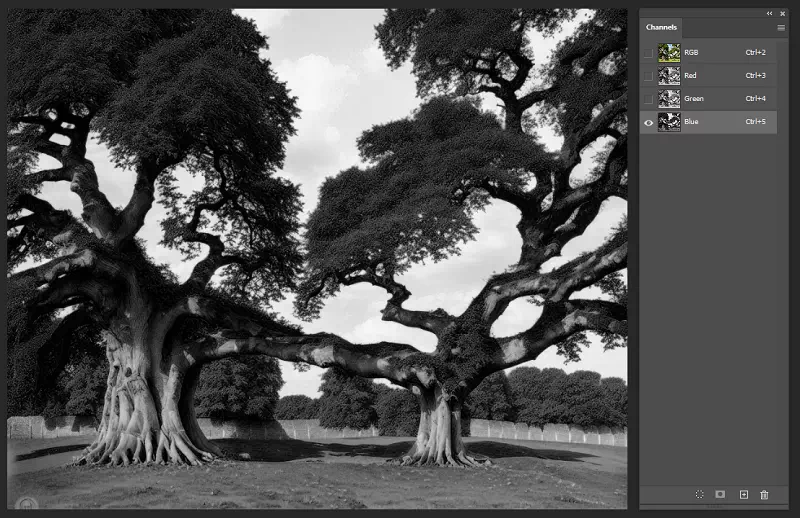
Channel masking is an advanced image masking technique that utilizes individual color channels, such as RGB (Red, Green, Blue) or CMYK (Cyan, Magenta, Yellow, Black), to create precise masks. Each channel represents a specific color component of the image. By selecting and manipulating individual channels, designers can isolate and edit specific color ranges and create unique visual effects. Channel masking is particularly useful for fine-tuning color adjustments, achieving selective color corrections and enhancing the overall appearance of an image with precision and control.
Quick Masking

Quick masking is a fast and temporary image masking technique used in software like Adobe Photoshop. It allows designers to make quick selections using the Brush Tool directly on the image. When in Quick Mask mode, the selected areas appear as a colored overlay, indicating the masked region. This method enables rapid and flexible selections for editing or isolating specific areas, providing a convenient way to refine selections before creating a permanent mask. Quick masking is ideal for quick adjustments, rough selections and exploring different editing possibilities with ease and speed.
Vector Masking
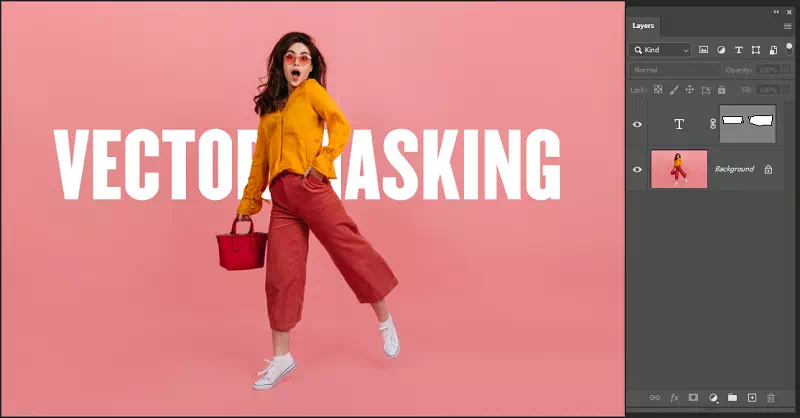
Vector masking is a precise image masking technique that uses vector paths to create accurate masks. It allows designers to outline areas they want to mask or isolate with smooth curves and edges. Vector masks are ideal for complex shapes.
Complex Masking

Complex masking is a meticulous technique to isolate intricate image details like hair, fur or fine textures. It demands precision using advanced tools like selection tools, brushes, and layer adjustments for realistic and seamless results. Essential for high-quality graphic design and photo editing projects.
Applications of Image Masking
Image masking has diverse applications in graphic design and photo editing, making it an indispensable tool for various creative projects. Some key applications include:
- Product Photography: Image masking is widely used in e-commerce and product photography to remove backgrounds, isolating products for cleaner and more professional presentations.
- Photo Retouching and Restoration: It is essential in retouching and restoring old or damaged photographs, enhancing specific areas while preserving the original details.
- Background Removal: Image masking enables precise and seamless removal of backgrounds, providing flexibility to replace, modify or create new backgrounds.
- Creating Composites: It is used to combine multiple images seamlessly, crafting composites that look natural and cohesive.
- Special Effects and Manipulations: Image masking allows designers to apply special effects and manipulate specific areas of an image.
Benefits of Image Masking
Image masking offers a range of benefits that enhance the quality and flexibility of image editing:
- Precise and Detailed Editing: Image masking enables precise and intricate edits, making it ideal for isolating and manipulating specific areas with complex details like hair or fine textures.
- Maintaining Original Image Quality: With image masking, edits are focused on targeted areas, ensuring that the rest of the image remains untouched, preserving its original quality and integrity.
- Non-Destructive Editing: Masking is non-destructive, meaning it doesn’t permanently alter the original image. This allows for adjustments or revisions without affecting the base image.
- Complex Background Removal: Image masking excels at removing intricate backgrounds, delivering clean and seamless results that are challenging to achieve with other techniques.
- Versatility in Design and Creativity: Image masking empowers designers to explore creative possibilities, combining and manipulating elements with precision, resulting in visually stunning and captivating artwork.
Challenges and Limitations of Image Masking
Image masking, while a powerful technique, comes with certain challenges and limitations:
- Complexity of Certain Images: Images with intricate details, complex backgrounds or low-contrast edges can pose challenges for accurate masking, requiring more time and effort.
- Time and Skill-Intensive Process: Image masking demands precision and attention to detail, making it a time-consuming task. Achieving seamless results may require advanced skills and experience.
- Fine Details and Hair Masking: Masking fine details, such as hair or fur, can be particularly challenging due to their delicate and irregular nature. Achieving realistic results in such cases requires a high level of skill.
- Balancing Masking with Other Editing Techniques: Integrating masking with other editing techniques can be complex, as each adjustment must harmonize seamlessly to produce a cohesive and natural-looking final image.
Image Masking vs. Background Removal Techniques
The table provides a comparison between image masking and background removal techniques. Designers choose the appropriate technique based on the specific requirements of the project
| Criteria | Image Masking | Background Removal Techniques |
| Precision | Highly precise, ideal for intricate details | May lack precision in complex images |
| Complexity | Suitable for complex backgrounds and subjects | Generally simpler and faster for basic backgrounds |
| Edges and Fine Details | Maintains fine edges and intricate elements | May struggle with fine details like hair |
| Time and Skill Requirement | Time-consuming, requires advanced skills | Faster and less skill-intensive |
| Non-Destructive Editing | Non-destructive, preserves original image | Can be non-destructive depending on technique |
| Versatility | Ideal for versatile and creative designs | Best for simple background removal tasks |
| Suitability for Specific Jobs | Suitable for advanced photo retouching | Suited for quick background removal in e-commerce |
Conclusion
Image masking is a powerful image editing technique. It holds significant importance in both graphic design and photography due to its ability to achieve precise and seamless edits. In graphic design, image masking allows designers to isolate specific elements and create captivating compositions. While, in photography, image masking helps preserve fine details and intricate textures, making it essential for professional photo retouching and restoration. With its ability to handle intricate details and maintain the original image quality, image masking remains an indispensable tool for creating visually stunning images.

